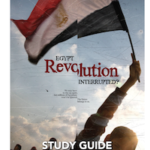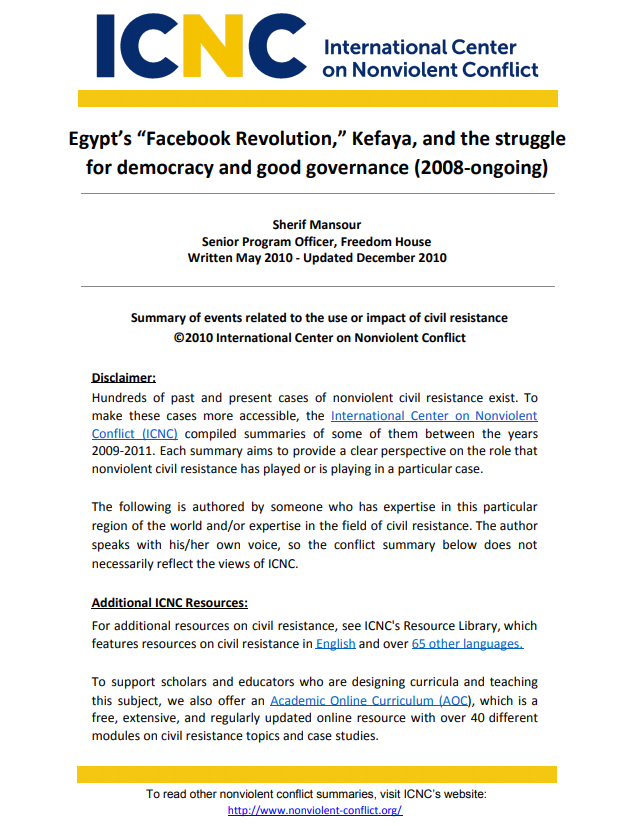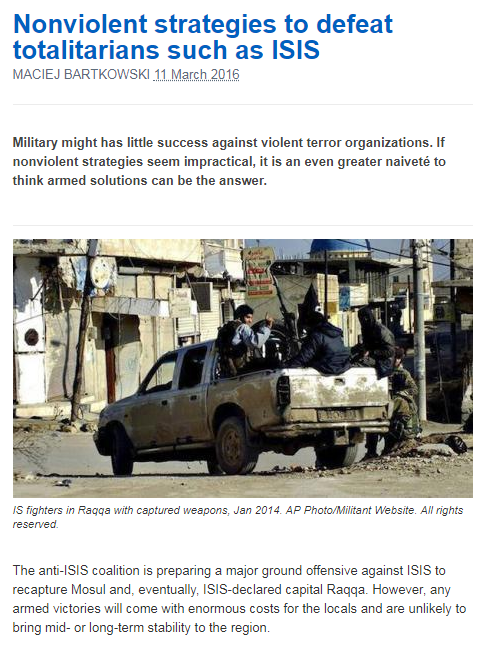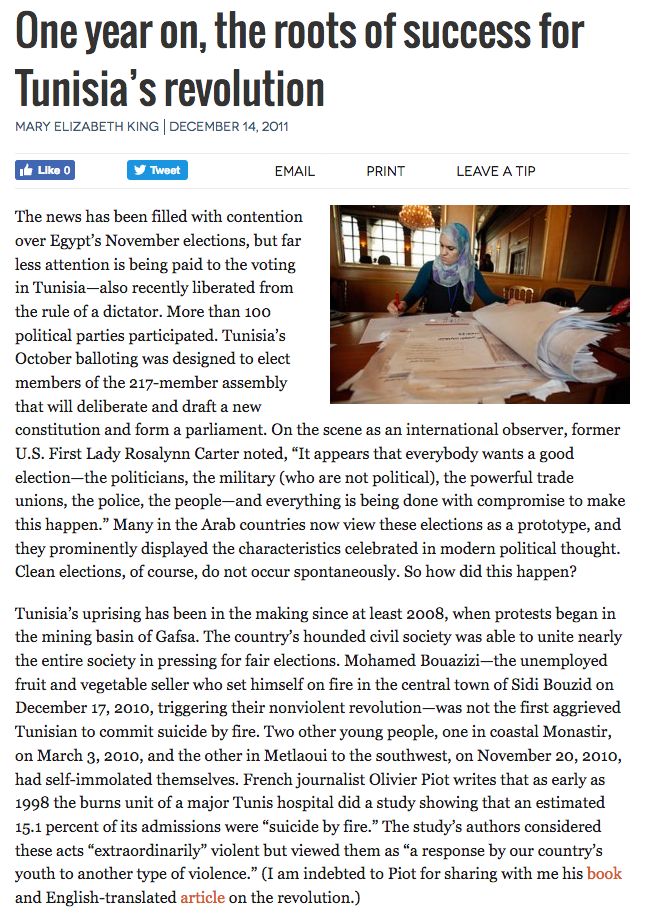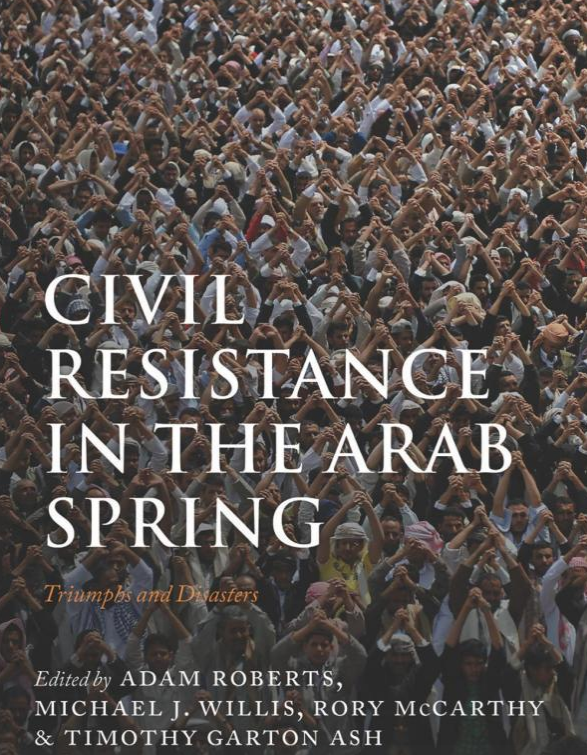
Civil Resistance in the Arab Spring: Triumphs and Disasters, 1st Edition
Civil resistance, especially in the form of massive peaceful demonstrations, was at the heart of the Arab Spring-the chain of events in the Middle East and North Africa that erupted in December 2010. It won some notable victories: popular movements helped to bring about the fall of authoritarian governments in Tunisia, Egypt, Libya and Yemen. Yet these apparent triumphs of non-violent action were followed by disasters–wars in Syria, anarchy in Libya and Yemen, reversion to authoritarian rule in Egypt, and counter-revolution backed by external intervention in Bahrain. Looming over these events was the enduring divide between the Sunni and Shi’a branches of Islam.
Why did so much go wrong? Was the problem the methods, leadership and aims of the popular movements, or the conditions of their societies? In this book, experts on these countries, and on the techniques of civil resistance, set the events in their historical, social and political contexts. They describe how governments and outside powers–including the US and EU–responded, how Arab monarchies in Jordan and Morocco undertook to introduce reforms to avert revolution, and why the Arab Spring failed to spark a Palestinian one. They indicate how and why Tunisia remained, precariously, the country that experienced the most political change for the lowest cost in bloodshed.
This book provides a vivid illustrated account and rigorous scholarly analysis of the course and fate, the strengths and the weaknesses, of the Arab Spring. The authors draw clear and challenging conclusions from these tumultuous events. Above all, they show how civil resistance aiming at regime change is not enough: building the institutions and the trust necessary for reforms to be implemented and democracy to develop is a more difficult but equally crucial task.
Oxford University Press
Published: March 2016
ISBN-13: 978-0198749028
ISBN-10: 0198749023
